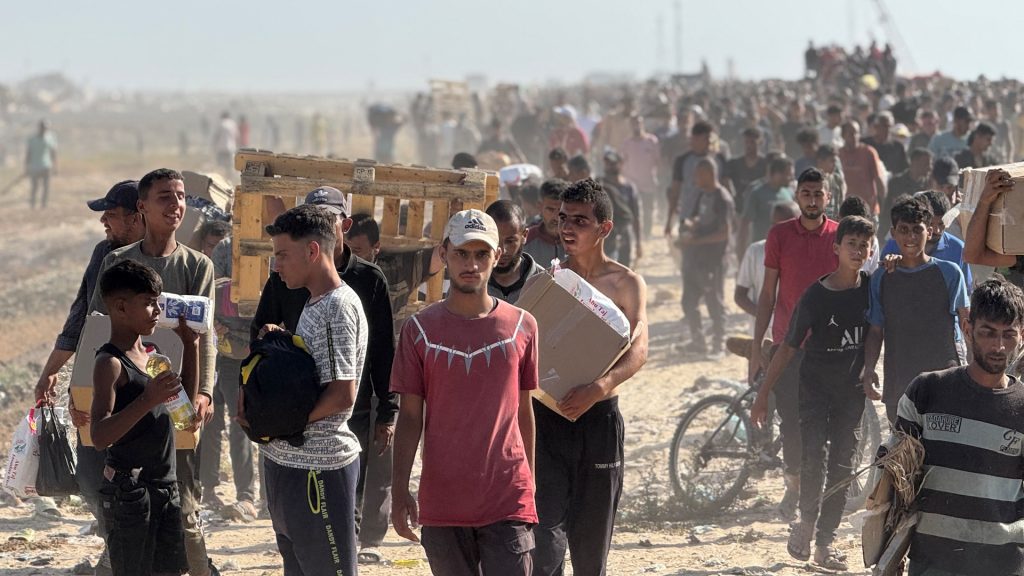Israel backs US ceasefire plan; Hamas holds off

Israel has agreed to a new U.S.-backed proposal for a temporary ceasefire in Gaza, according to the White House, though Hamas officials have not formally responded. President Donald Trump’s special envoy, Steve Witkoff, has been leading negotiations aimed at halting the war and securing the release of hostages still held by Hamas.
White House press secretary Karoline Leavitt confirmed Thursday, May 29, that Israel approved the proposal before the U.S. presented it to Hamas. However, Hamas issued a cautious response, saying it would study the draft further. A senior Hamas official told the BBC the plan does not meet core demands, such as a permanent end to the war or humanitarian guarantees.
What are the proposed terms of the deal?
Unbiased. Straight Facts.TM
The U.S.-backed proposal includes a 60-day ceasefire, the release of 10 living hostages and 18 bodies by Hamas and the release of over 1,100 Palestinian prisoners by Israel.
According to officials familiar with the talks, the plan calls for a 60-day ceasefire and the exchange of hostages and prisoners. Hamas would release 10 living hostages and the remains of 18 more. In return, Israel would free over 1,100 Palestinian prisoners, including individuals convicted of fatal attacks.
During the ceasefire, Israeli forces would withdraw to positions held during the previous March truce. Israel would allow hundreds of aid trucks into Gaza each day to address the widespread hunger caused by its ongoing blockade.
What are each side’s long-term demands?
Israeli Prime Minister Benjamin Netanyahu has vowed to continue the war until Israel frees all hostages and Hamas is dismantled or exiled. He has also suggested that Israel intends to maintain long-term security control over Gaza.
Hamas, for its part, demands a full Israeli withdrawal and the formation of a politically independent Palestinian committee to govern Gaza. The group is still holding 58 hostages, though analysts believe only a fraction are likely still alive.
Why is progress so difficult?
The war began after the Oct. 7, 2023, Hamas-led attack on southern Israel, which killed about 1,200 people. Israel’s military campaign has since killed over 54,000 Palestinians, according to Gaza’s health ministry. Israeli airstrikes and ground operations have displaced nearly 90% of Gaza’s population, while famine conditions persist across many areas.
Political dynamics on both sides also complicate negotiations. Netanyahu’s far-right coalition partners have threatened to bring down his government if the war ends prematurely, while Hamas risks losing leverage if it releases hostages without securing a permanent ceasefire or political concessions.
What happens next?
Despite Hamas’ hesitation, officials say backchannel talks are ongoing. Both sides remain in contact with mediators, and U.S. officials are still hopeful that a deal can be reached — one that could at least temporarily pause the violence and bring relief to civilians on both sides.





